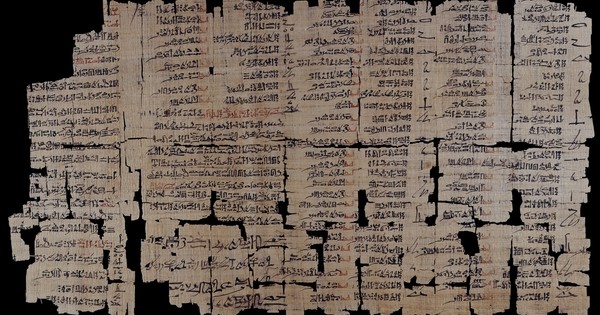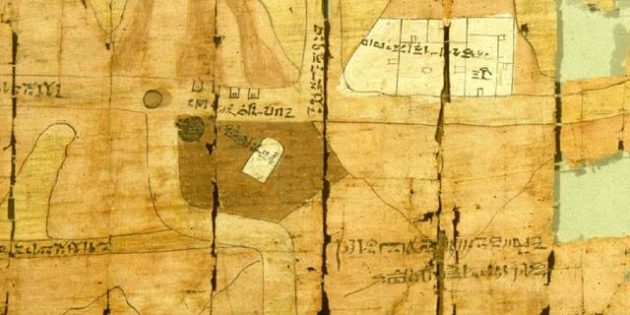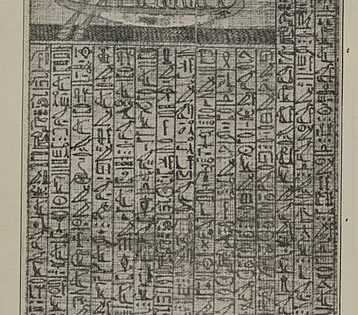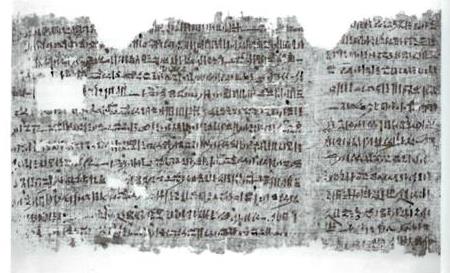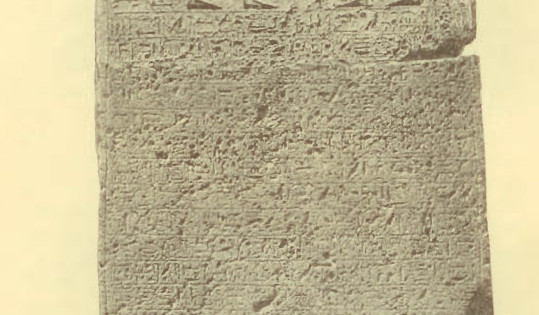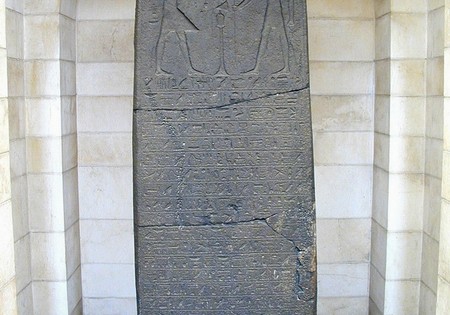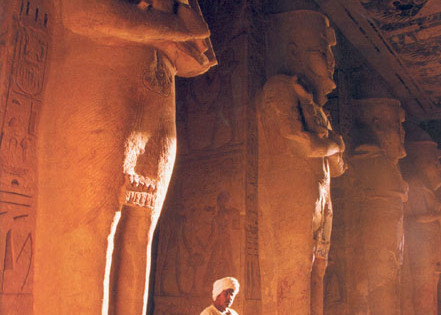Home » Bible and Beyond » The Exodus
The Exodus
Beginning with Genesis 37, dreams play an important role in the narrative. Scripture records the content and meaning of the dreams of Joseph, the two officers of Pharaoh in jail, and Pharaoh. Throughout the Bible, dreams are a vehicle by which God communicates with humans, and thus were taken seriously. This belief was held throughout […]
The Turin Papyrus is an ancient Egyptian map, generally considered the oldest surviving map of topographical interest from the ancient world. It is drawn on a papyrus reportedly discovered at Deir el-Medina in Thebes, collected by Bernardino Drovetti (known as Napoleon’s Proconsul in Egypt) sometime before 1824 and is now preserved in Turin’s Museo Egizio. […]
The Book of the Dead was a description of the ancient Egyptian conception of the afterlife and a collection of hymns, spells, and instructions to allow the deceased to pass through obstacles in the afterlife. It was most commonly written on a papyrus scroll and placed in the coffin or burial chamber of the deceased. […]
A hoard of treasures from the thirteenth century BCE that was found in Beit Shemesh. Rockefeller Museum Ornit Ilan, Image and Artifact- Treasures of the Rockefeller Museum with Aerial Photographs by Duby Tal and Moni Haramati. The Jerusalem Museum, 2000. p. 56.
Orlinsky, Harry M., Understanding the Bible Through History and Archaeology. New York- KTAV Publishing House, 1972, p.120.
Papyrus Harris 500 tells the story of the capture of Joppa (in the Land of Israel) by a general of Thutmose III. The papyrus is said to originate from Thebes, Egypt.
A basalt Stela of Ramesses II dated to his Regnal Year 18 was discovered in secondary context in the Lower Level V northern temple at Tel Beth Shean. The stela had apparently once been displayed alongside the Stela of Seti I and the Statue of Ramesses III. The content of the stela inscription is purely […]
The Abydos King List is a list of 76 kings of Ancient Egypt, found on the walls of the Temple of Seti I at Abydos. Seti built the temple in order to honor the kings of the early dynasties. The list is the sole source for the names of some of the kings. Other kings […]
Several basalt steles in royal Egyptian style, dating from the end of the 13th and the beginning of the 12th century BCE, were found in secondary use in Canaanite temples of the 11th century BCE. Two steles from the reign of Pharaoh Seti I include his names and titles. The “Large Stele,” the most impressive […]
By Percy Bysshe Shelly I MET a Traveler from an antique land, Who said, “Two vast and trunkless legs of stone Stand in the desart. Near them, on the sand, Half sunk, a shattered visage lies, whose frown, And wrinkled lip, and sneer of cold command, Tell that its sculptor well those passions read, Which […]

